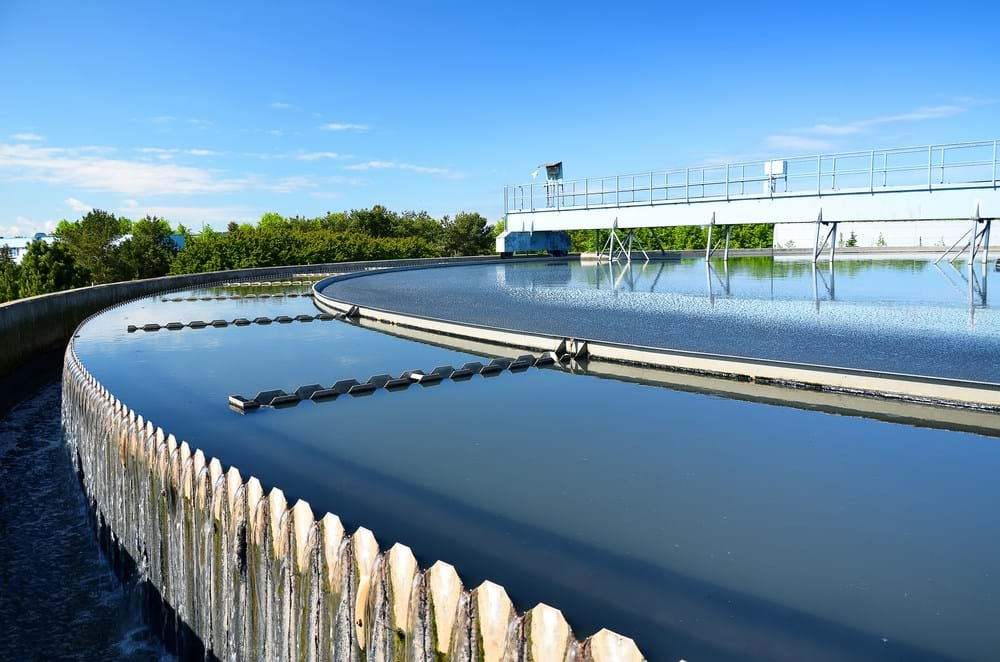Producing clean energy from wastewater treatment (Day 278)

1st March 2015
One of the major challenges we face today is reducing our energy and water consumption whilst maintaining necessary levels of production.
Part of this challenge requires a change in the way we think about these resources. It's a mistake to consider energy and water in isolation. We need to make sure everyone is looking at the bigger picture.

Chemical engineering is a broad church and I feel that the reason why the discipline can be applied in so many different settings is our ability to think about systems as a whole – not just focusing on the end goal.
This type of thinking, systems engineering, is key to the advancement of the 'nexus approach' (which I have discussed before; ‘Water versus energy – which is more precious?’ and ‘Food for thought on the water-energy-food nexus’) and helping us think of water, energy and food as interlinked.
Today’s story caught my eye because it's a good example of forward-thinking by chemical engineers. Researchers from the Bioelectrochemistry group at the Universitat Autonoma de Barcelona (UAB) Department of Chemical Engineering, have been working to produce, rather than consume, energy during waste water processing.
There are many different treatment processes available to clean waste water of contaminants and render it safe to be reused, or returned, to the environment. However, these processes can be costly. They involve a lot of energy intensive pumping or aeration, and on top of this, there is also the cost of treating the residual organic matter.

But, the contaminants in waste water offer possibilities for energy production as there is chemical energy stored within them. Many research teams around the world are looking at ways to recover this energy in the form of hydrogen, while eliminating the organic matter from waste water.
The thinking involves the production of energy from the hydrogen obtained in the process, whilst minimising the amount of energy being consumed.
One approach utilises microbial electrolysis cells (MEC) that exploit the properties of a special kind of bacteria – exoelectrogenic bacteria – capable of oxidising organic material and generating electricity, whuch in turn produces hydrogen. These bacteria only require a small amount of additional voltage to complete this process; much less than that required for electrolysis.
The group from UAB, coordinated by Professor Albert Guisasola and Professor Juan Antonio Baeza Labat, have been working to improve the energetic efficiency of these bacterial cells.
The researchers used real waste water, rather than the biodegradable synthetic water commonly used in experimental work. This enabled them to utilise the biological production of hydrogen and achieve significant energy recovery from the residues.
Albert and Juan worked to select a strain of bacteria capable of transforming complex feed stocks like dairy waste, into simpler compounds that could then be degraded by the exoelectrogens.

MECs fed with dairy waste water offered the best results in terms of current intensity (150 amps per cubic metre of reactor), hydrogen production (0.94 cubic metres of hydrogen per cubic metre of reactor per day), and recovery of electrons at the cathode (91 per cent); with an applied voltage of just 0.8 V.
Albert and Juan's results are very encoraging, and clearly demonstrate that their methodology could be applied at an industrial scale. There seems to be an obvious market niche for this work.
I look forward to hearing about the next stage and commend the team for their successful research.